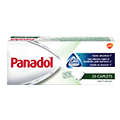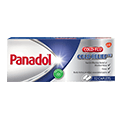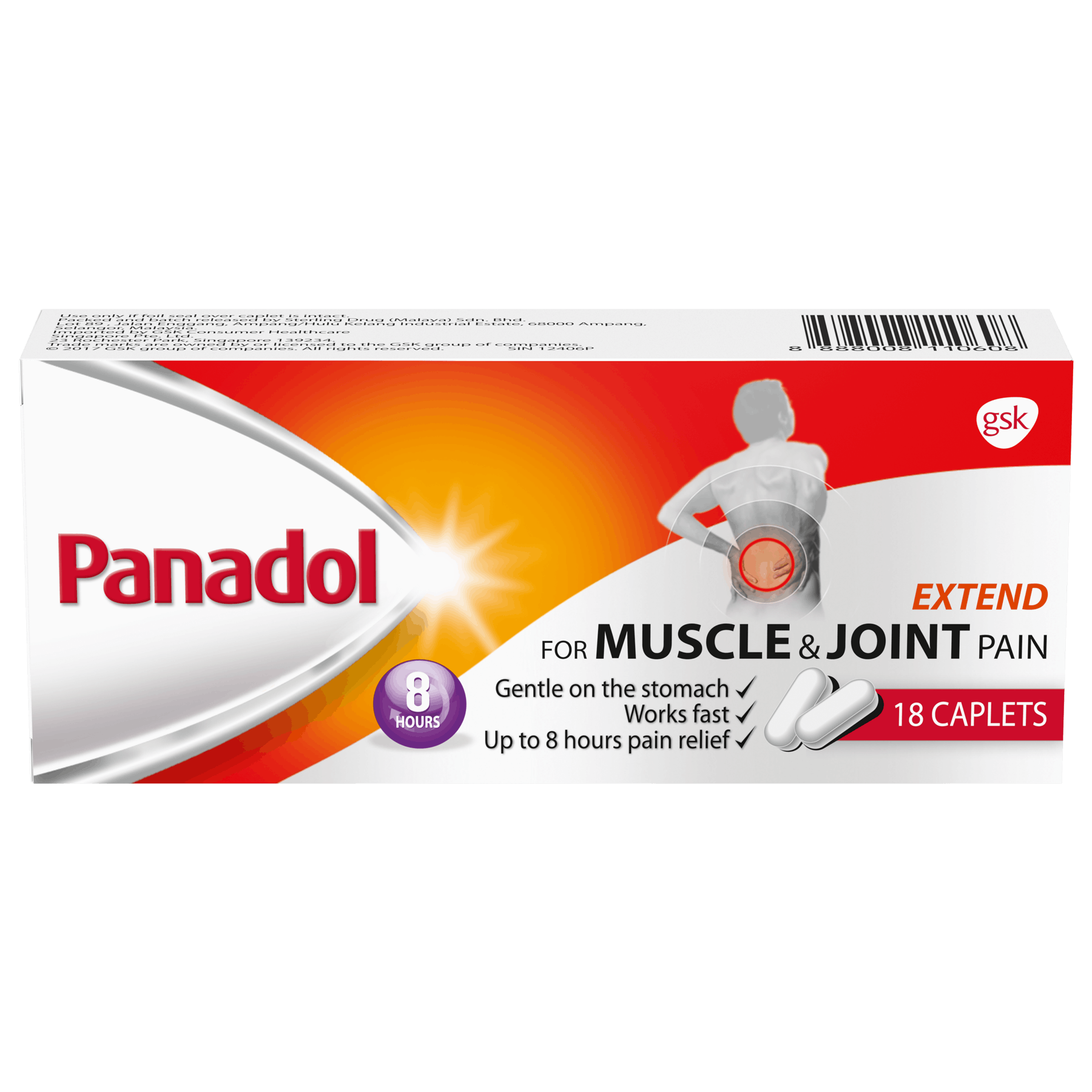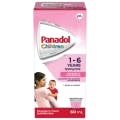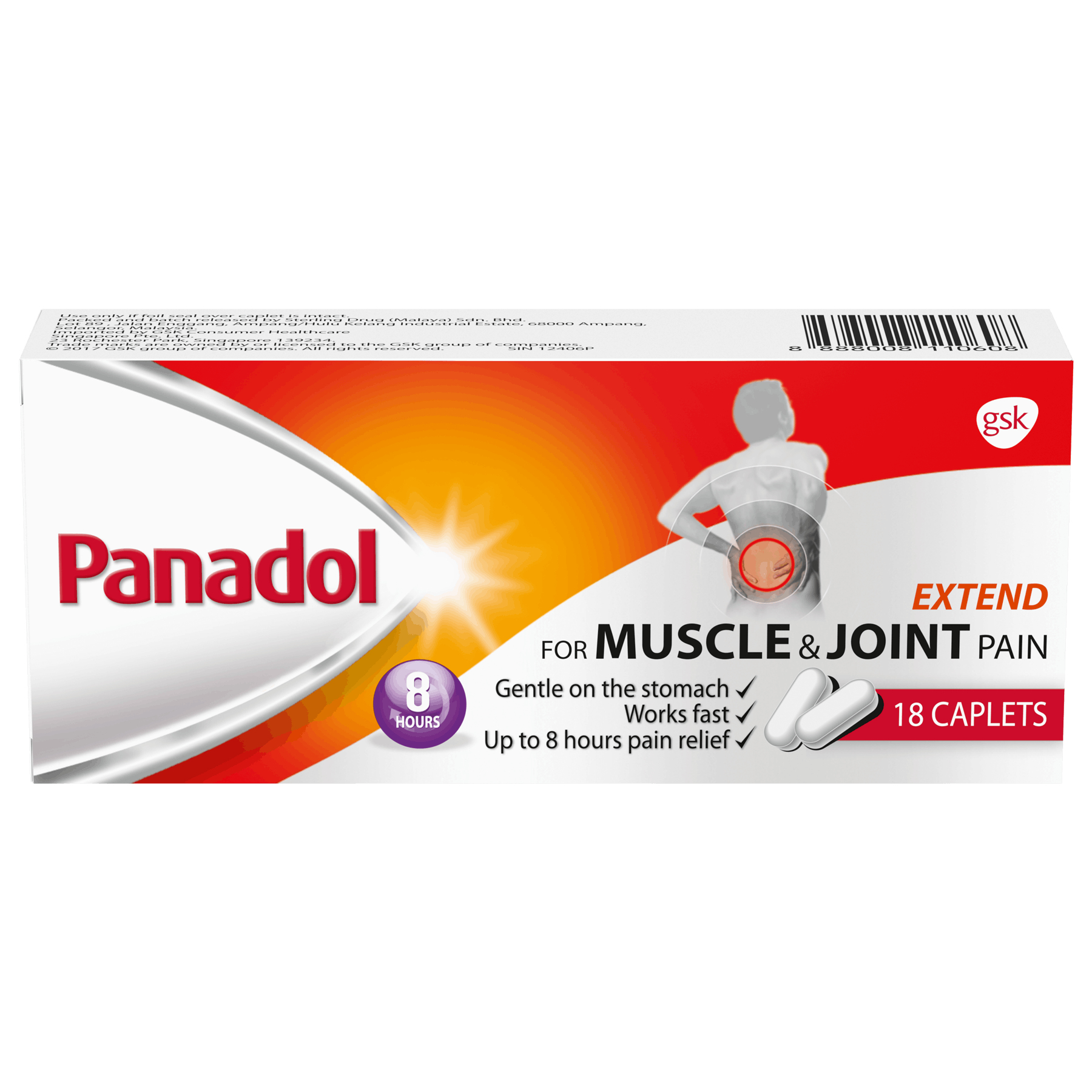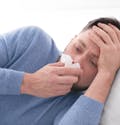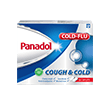

Panadol Children's Suspension 1-6 Years

Panadol Chewable Tablets

Panadol Children’s Suspension 1-12 Years

Panadol with Optizorb

Panadol Mini Caps

Panadol Soluble

Panadol Extra with Optizorb

Panadol ActiFast

Panadol Cold & Flu Hot Remedy

Panadol Cough & Cold

Panadol SinusMAX

Panadol Cold Relief PE

Panadol Extend

Panaflex Patch

Panadol Menstrual

Panadol Cold Relief PSE
Compare Now (0/5)
- Product
- Format
- Age
- Key Features
- Ingredients

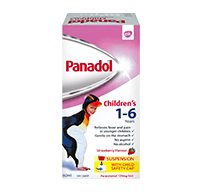
Panadol Children's Suspension 1-6 Years
- Suspension
- 1-6 Yrs
- Gentle on the Stomach
- Active Ingredient: 120 mg/5 ml Paracetamol
- No Alcohol.
- No Aspriin.

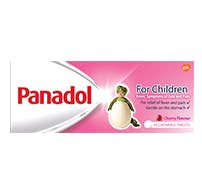
Panadol Chewable Tablets
- Chewable Tablets
- 2-12Yrs
- Gentle on the Stomach
- Active Ingredient: 120 mg Paracetamol

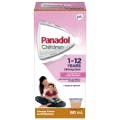
Panadol Children’s Suspension 1-12 Years
- Suspension
- 6 -12 Yrs
- Gentle on the Stomach
- Active Ingredient: 250 mg/5ml Paracetamol


Panadol with Optizorb
- Caplets
- 12+ Yrs
- Quicker Absorption
- Active ingredient: 500mg Paracetamol


Panadol Mini Caps
- Caplets
- 12+ Yrs
- Easier to Swallow
- Active ingredient: 500mg Paracetamol
- No gluten, lactose or sugar

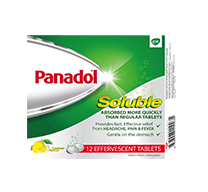
Panadol Soluble
- Effervescent Tablets
- 12+ Yrs
- Quicker Absorption
- Active ingredient: 500mg Paracetamol

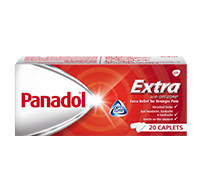
Panadol Extra With Optizorb
- Caplets
- 12+ Yrs
- Fights Tough Pain
- Active ingredient: 500mg Paracetamol, 65mg Caffeine


Panadol ActiFast
- Caplets
- 12+ Yrs
- Absorbed 2x Faster
- Active ingredient: 500mg of Paracetamol.

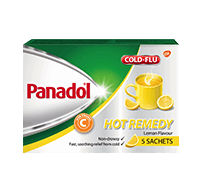
Panadol Cold & Flu Hot Remedy
- Powder Sachet
- 12+ Yrs
- Hot Drink
- Active ingredient: 750mg Paracetamol, 10mg Phenylephrine HCI, 60mg Vitamin C


Panadol Cough & Cold
- Caplets
- 12+ Yrs
- Multi-Symptomatic Relief
- Active ingredient: 250mg Paracetamol, 5mg Phenylephrine HCI, 100mg Guaiphenesin


Panadol SinusMAX
- Caplets
- 12+ Yrs
- Sinus Pain
- Active ingredient: 500mg Paracetamol, 5mg Phenylephrine HCI

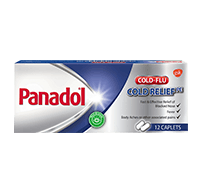
Panadol Cold Relief PE
- Caplets
- 12+ Yrs
- Relief of Cold & Flu Symptoms
- Active ingredient: 500mg Paracetamol, 5mg Phenylephrine HCI


Panadol Extend
- Caplets
- 12+ Yrs
- Long-Lasting Relief
- Active ingredient: 665mg Paracetamol

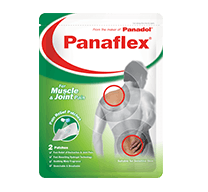
Panaflex Patch
- Patch
- 12+ Yrs
- Back Pain Remedy
- Active ingredient: 1.5% w/w Glycol Salicylate, 1.0% w/w L-Menthol, 0.5% w/w DL-Camphor, 0.3% w/w DL-α- Tocopherol Acetate (Vitamin E)

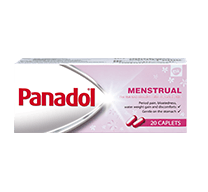
Panadol Menstrual
- Caplets
- 12+ Yrs
- Relief Period Pain
- Active ingredient: 500mg Paracetamol, 25mg Pamabrom


Panadol Cold Relief PSE
- Caplets
- 12+ Yrs
- Relief of Blocked and/or Runny Nose and Other Cold Symptoms
- Active ingredient: Paracetamol 500mg, Pseudoephedrine hydrochloride 30mg
Minimise
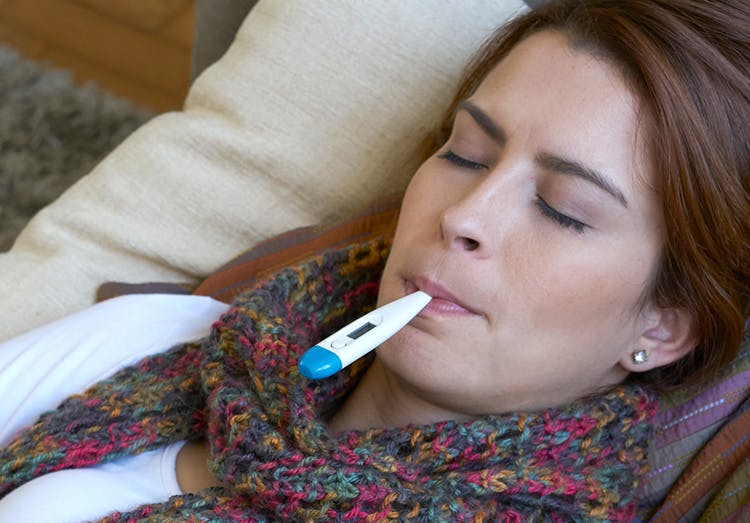
EVERYTHING YOU WANTED TO KNOW ABOUT FEVER
Fever comes in many forms. So, it’s always a good idea to learn how to assess an individual’s fever and understand when emergency care is needed.
In this article, we will cover the signs, solutions and things to look out for.
CAUSES OF FEVER
A fever is a temporary increase in your body temperature; it is often an indication that they may be an infection within your body.1
Fever is one of the body’s natural defences against viruses and bacteria that cannot live at higher temperatures.2
However, a fever can cause discomfort and this is the main reason to seek relief for a raised temperature.1
DIFFERENT GRADES OF FEVER
Fevers can range from low grade (mild) to high grade. Over-the-counter pain relievers or analgesics can reduce fever and ease discomfort associated with cold and flu.1
Fevers of 39.4°C (103°F) or higher demand prompt medical attention.1 This may be lower in children. If you are in any doubt you should seek medical advice. When a fever doesn't respond to treatment, or when it's accompanied with small red skin spots, neck stiffness or extreme sensitivity to light contact your doctor right away.
Severity grading scale oral temperature (adults)3:
Mild (Grade 1): 38.0–38.4°C
Moderate (Grade 2): 38.5–38.9°C
Severe (Grade 3): 39.0–40.0°C
Potentially Life Threatening (Grade 4): >40°C.
DIFFERENT GRADES OF FEVER
Fevers can range from low grade (mild) to high grade. Over-the-counter pain relievers or analgesics can reduce fever and ease discomfort associated with cold and flu.1
Fevers of 39.4°C (103°F) or higher demand prompt medical attention.1 This may be lower in children. If you are in any doubt you should seek medical advice. When a fever doesn't respond to treatment, or when it's accompanied with small red skin spots, neck stiffness or extreme sensitivity to light contact your doctor right away.
Severity grading scale oral temperature (adults)3:
Mild (Grade 1): 38.0–38.4°C
Moderate (Grade 2): 38.5–38.9°C
Severe (Grade 3): 39.0–40.0°C
Potentially Life Threatening (Grade 4): >40°C.
SIGNS AND SYMPTOMS OF A FEVER
The signs and symptoms of a fever may include1:
Sweating
Headache
Chills and shivering
Muscle aches
Loss of appetite
Irritability
Dehydration
General weakness
Sweating
Headache
Chills and shivering
Muscle aches
Loss of appetite
Irritability
Dehydration
General weakness
MANAGING YOUR FEVER
A fever is a temporary increase in your body temperature, often due to an illness. Having a fever is a sign that something out of the ordinary is going on in your body.1
Here are some tips to help you manage your fever:
- Drink plenty of fluids. Fever can cause fluid loss and dehydration, so it is important to keep drinking.4
- Try to rest, rest will help your body to recover. As activity can raise your temperature further, it is important to get plenty of rest.4
- Stay cool. Dressing in light clothing and keeping the room temperature cool will help your body not get too hot. Bedclothes can also be kept to a minimal by using a sheet or light blanket.4,5
- Other ways to ease the discomfort associated with fever include sponging the body with slightly warm water;5 however, this does not help reduce a fever.6
- Take fever-reducing medication.4-6
WHEN TO SEE A DOCTOR
A fever by itself may not be a cause for alarm, or a reason to call a doctor. Yet, there are some circumstances when you should seek medical advice:1,7
1. High fever.
A fever of 39.4°C (103°F) or higher in adults demands prompt medical attention (a lower temperature may be cause for concern in children or babies, call your doctor if you are unsure)
2. Severe headache
3. Unusual skin rash, especially if the rash worsens rapidly
4. Unusual sensitivity to bright light
5. Stiff neck and pain when you bend your head forward
6. Mental confusion
7. Persistent vomiting
8. Difficulty breathing or chest pain
9. Abdominal pain or pain when urinating
10. Your symptoms (which may include fever, headache, nasal congestion or cough) persist or get worse
WHEN TO SEE A DOCTOR
A fever by itself may not be a cause for alarm, or a reason to call a doctor. Yet, there are some circumstances when you should seek medical advice:1,7
1. High fever.
A fever of 39.4°C (103°F) or higher in adults demands prompt medical attention (a lower temperature may be cause for concern in children or babies, call your doctor if you are unsure)
2. Severe headache
3. Unusual skin rash, especially if the rash worsens rapidly
4. Unusual sensitivity to bright light
5. Stiff neck and pain when you bend your head forward
6. Mental confusion
7. Persistent vomiting
8. Difficulty breathing or chest pain
9. Abdominal pain or pain when urinating
10. Your symptoms (which may include fever, headache, nasal congestion or cough) persist or get worse
FIND THE RIGHT FORMULA FOR YOU

Panadol Cold Relief PE*

Panadol Cold & Flu Hot Remedy*
*For more detailed information, please refer to the local product labelling or leaflet.
REFERENCES
1. Mayo Clinic. Fever: Symptoms and causes. Available at: https://www.mayoclinic.org/diseases-conditions/fever/symptoms-causes/syc-20352759. Last accessed: 20 March 2018.
2. Ogoina D. J Inf Pub Health 2011;4:108–24.
3. FDA. Guidance for industry. Available at: https://www.fda.gov/downloads/BiologicsBloodVaccines/ucm091977. Last accessed: 23 March 2018.
4. Mayo Clinic. Fever: Diagnosis and Treatment. Available at: https://www.mayoclinic.org/diseases-conditions/fever/diagnosis-treatment/drc-20352764. Last accessed: 20 March 2018.
5. PubMed Health. Fever in children: How can you reduce a fever? Available at: https://www.ncbi.nlm.nih.gov/pubmedhealth/PMH0072637/. Last accessed: 23 March 2018.
6. NHS UK. fever in children. Available at: https://www.nhs.uk/conditions/fever-in-children/#things-you-can-try. Last accessed: 23 March 2018.
7. Mayo Clinic. Fever treatment: Quick guide to treating a fever. Available at: https://www.mayoclinic.org/diseases-conditions/fever/in-depth/fever/art-20050997. Last accessed: 29 March 2018.

